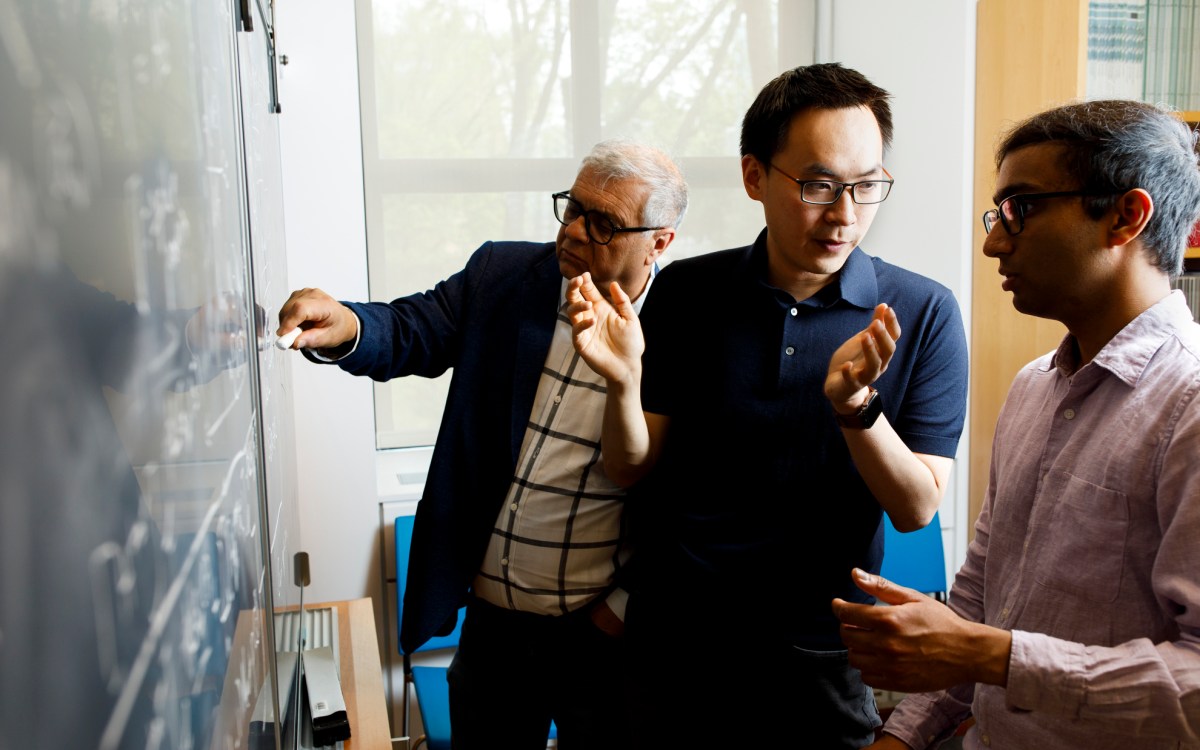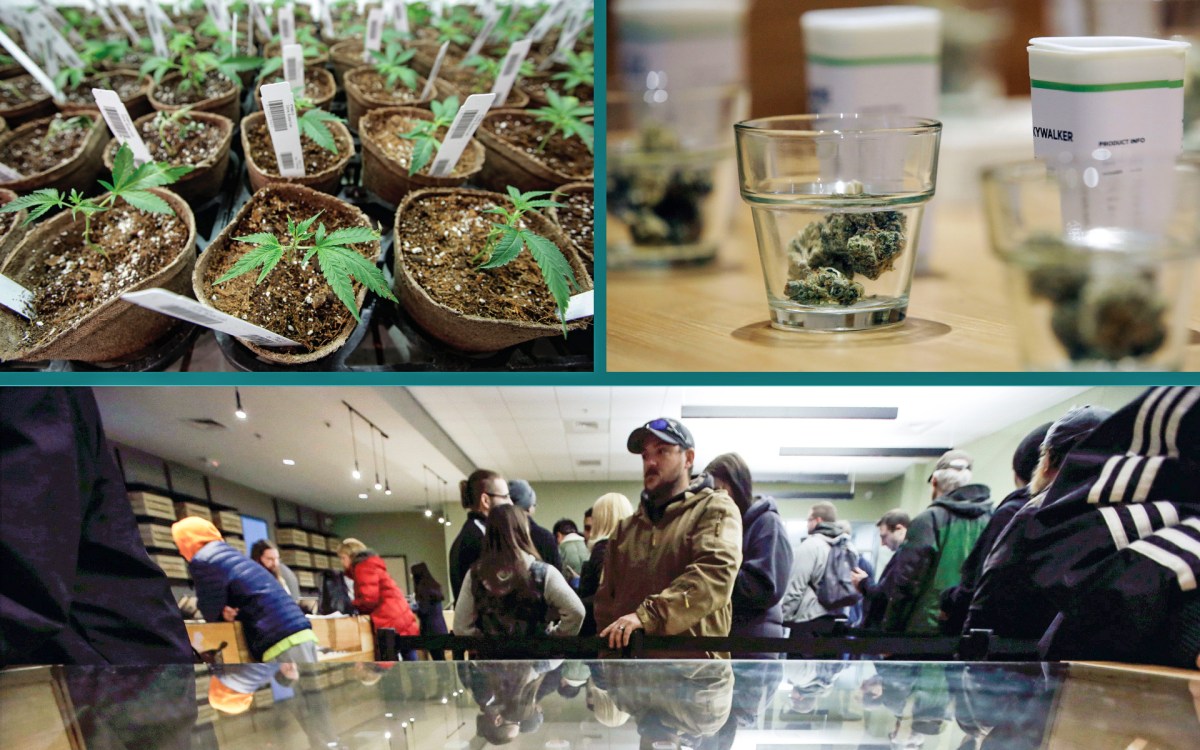Women in India abused by husbands at far greater risk for HIV infection
In a new study, researchers at the Harvard School of Public Health (HSPH) have found that married Indian women who experienced physical and sexual abuse at the hands of their husbands were approximately four times more likely to become infected with HIV than married women who were not abused. This first large-scale, national study to examine the relationship between intimate partner violence (IPV) against wives and clinically verified HIV infection appears in the Aug. 13 issue of JAMA.
The authors found that more than 95 percent of HIV-positive married Indian women report being monogamous, confirming earlier studies suggesting that the most likely source of HIV infection among Indian women is husbands’ extramarital risk behavior, including unprotected extramarital sex and sex with commercial sex workers. The finding that women who are victims of partner violence are more likely to become HIV-infected is likely due to both the higher prevalence of extramarital sexual behavior among abusive as compared with nonabusive men, as well as an increased risk of HIV transmission to wives based on such men’s abusive sexual practices within marriage.
“A woman who is abused by her husband is truly placed in a situation of ‘double jeopardy’ regarding HIV infection in that his sexual behavior outside of the marriage makes it more likely he is infected with the virus, and his abusive behavior inside the marriage leaves her with little control over sex or sexual protection,” said Jay Silverman, associate professor of society, human development, and health at HSPH and lead author of the study.
Silverman, as well as researchers from the Indian Council of Medical Research (an agency of the Indian Ministry of Health and Family Welfare), Population Council in Delhi, and Boston University School of Public Health, analyzed data from the India National Family Health Survey conducted across all Indian states between 2005 and 2006. The study sample included 28,139 currently married women who were selected to both provide data on IPV and participate in HIV clinical testing.
The results showed that more than one-third (35.5 percent) of the married Indian women reported experiencing physical violence with or without sexual violence from their husbands. Of the 28,139 women selected, 27.8 percent experienced physical violence alone, while 7.7 percent experienced both physical and sexual abuse. The researchers found the risk for HIV infection among married women who experienced both physical and sexual violence from their husbands was increased by a magnitude of 3.9 over the infection risk for women who were not abused. Physical violence alone was not associated with risk of HIV infection.
The study may well have important implications for public health policymakers and health care providers battling the worldwide HIV/AIDS epidemic. “Those clinicians working to prevent HIV infection among their female patients should consider violence from male partners as an important risk factor, and ask about and attempt to intervene in such abuse to reduce this risk,” said Silverman. “More critically, major national and global HIV prevention programs must include reducing men’s IPV perpetration as a key target in the fight to stem the epidemic.”
He added that feminization of HIV epidemics (that is, infections among women rising faster than among men) in both the United States and Africa are also considered, at least in part, to stem from women’s inability to shield themselves from unprotected sex based on the controlling and abusive behavior of male partners.
“This study should serve as a wake-up call to us all. If we as policymakers and practitioners are going to be truly successful in addressing the spread of HIV in India, we must think of ways to address the all-too-widespread mistreatment of wives,” said Donta Balaiah of the Indian Council of Medical Research.
This study was supported by the National Institute of Child Health and Human Development of the U.S. National Institutes of Health and the Indian Council of Medical Research.





